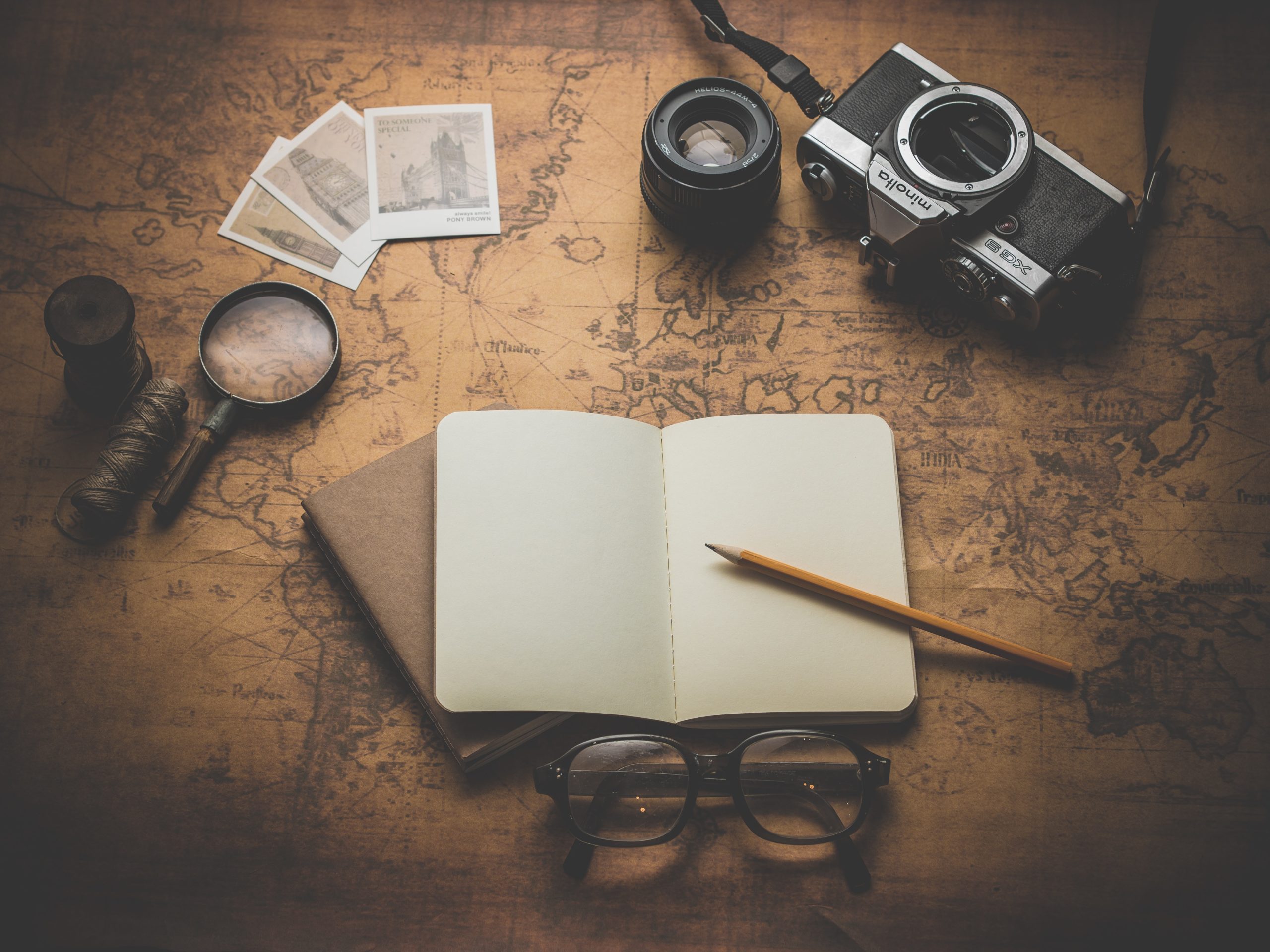19 Best Travel Tips For 2022
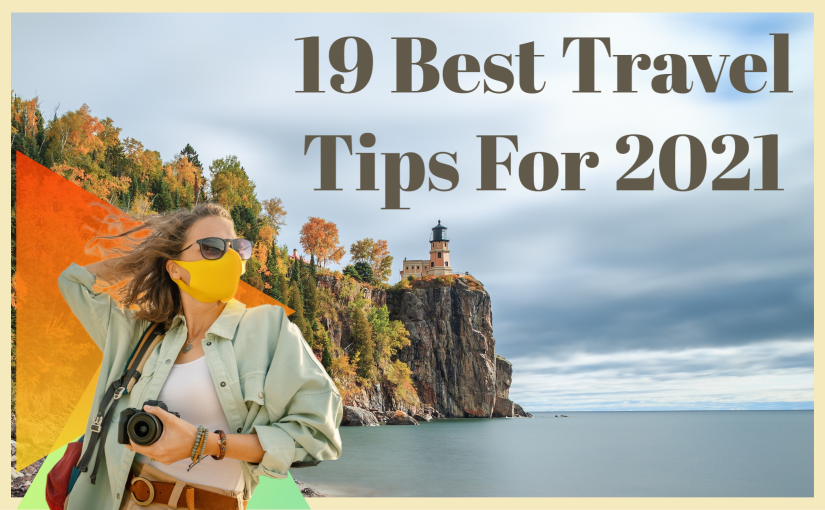
I’ve been traveling for most of my life and my travels have taken me far and wide. When I started traveling abroad, I didn’t know where to start. Should I contact a travel company that will take care of every little detail like flights, airport, transfers, hotels, excursions, and even meals? Or should I just get on the flight and wing it? I’ve tried both ways and a million others in between. There’s no right combination for everyone because each traveler has different styles. The best description of my travel style is a combination of “plan the basics and let everything else play itself out”. Based on that, check out some of the best travel tips I’ve learned over the years.

1. Have a Travel Savings with More Money Than You Think You’ll Need
Because I like to travel so often, I have what I consider an ongoing travel savings. Similar to a regular savings account, I have another savings account in which I put a portion of my income to use solely for future travels. I’ve found that this method works for me because I am very spontaneous and in the beginning, I’d find myself in the mood to go somewhere but didn’t have enough money for it. This tip is a two-parter because, in addition to always having a growing travel fund, you’ll also want to have more money than you’ve budgeted for your trip. This way you can spend less time worrying that you’ll run out of money and more time splurging on something fun.
That being said, track your spending. Even though it could be a little time-consuming it’ll keep you on top of how much you’ve spent and where exactly you stand with your budget.
Here you can find tools to budget your next trip.
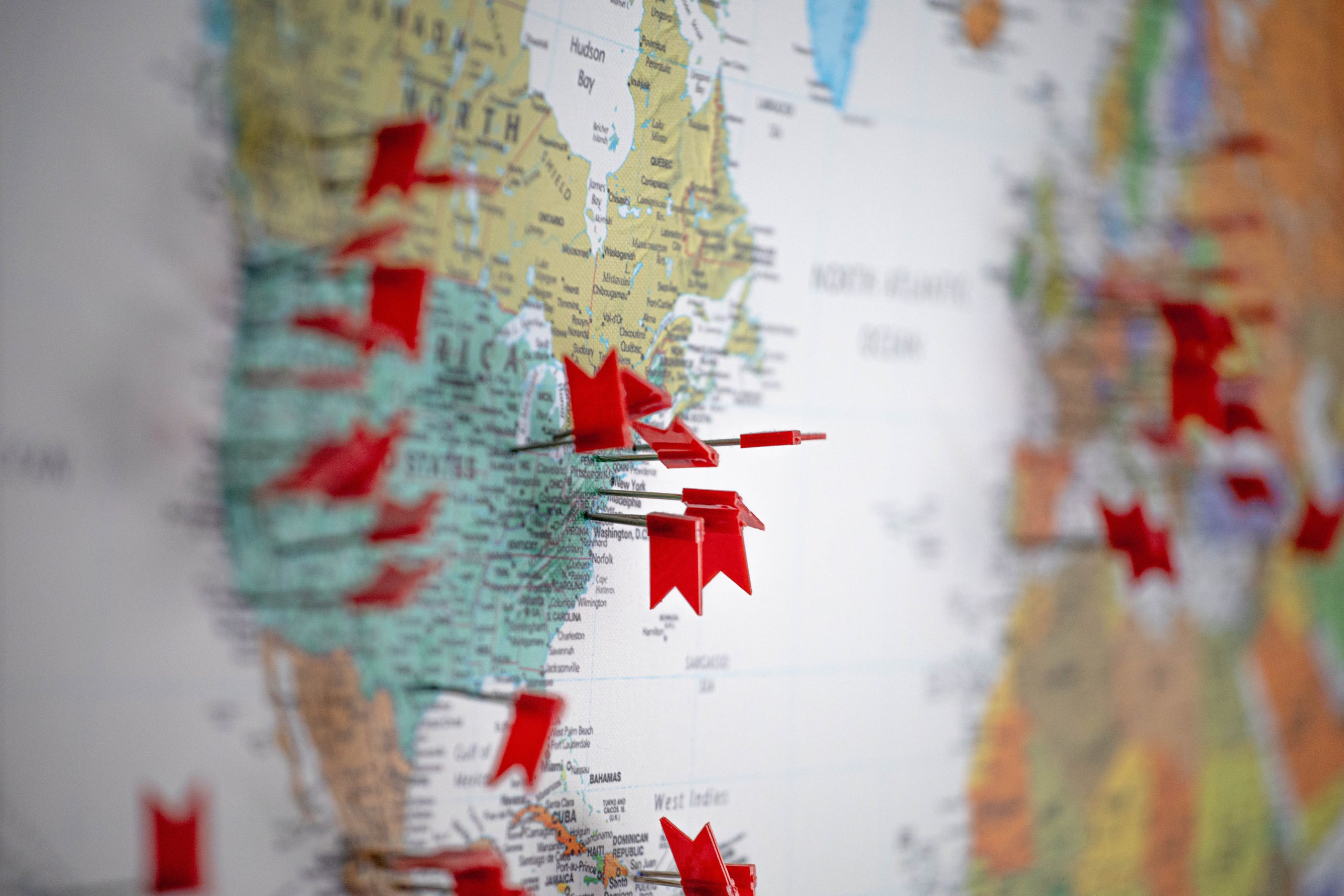
2. Get Out of Your Comfort Zone & Pick Lesser-Known Destinations
If you’re going on a solo travel adventure or even a trip with a friend or significant other, this is the best advice I can give you: get out of your comfort zone and pick destinations that may not be very popular. Of course, I would suggest a watered-down version of this when you’re traveling with a group or with younger children – it’s much harder to explore a lesser-known land when there are too many people’s interests to satisfy or kids to manage. But if you’re alone or with one other person who hopefully has similar travel styles as you, get out of your comfort zone and pick a totally random destination. When I went to Bangladesh for the first time in 2005, I couldn’t find much information online on places to visit and things to do. I decided to go anyway and had some of my best travel experiences having tea with a local family and playing cricket on the street with kids who lived there.
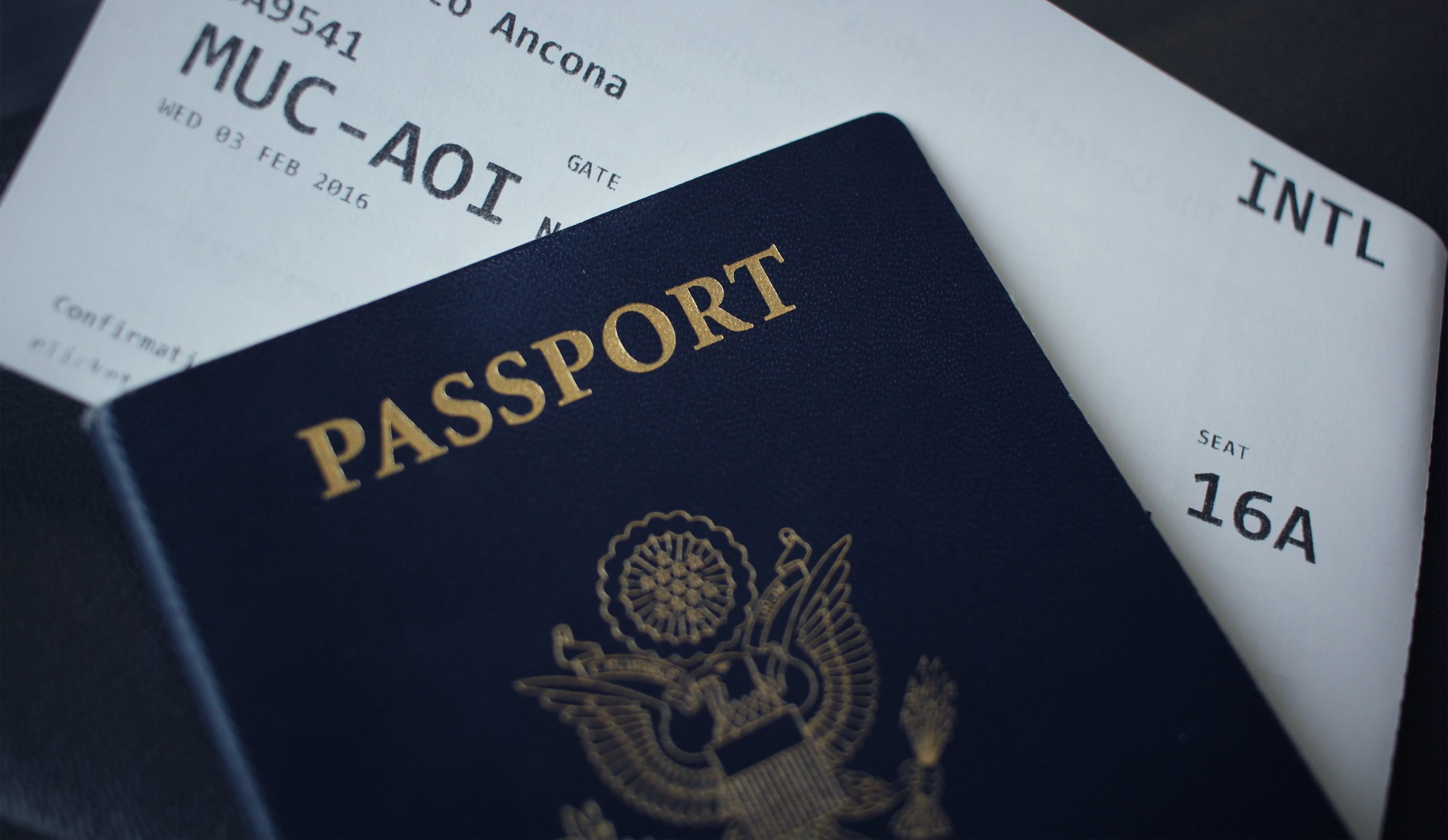
3. Buy a One-way Ticket Instead of a Round Trip
Buying a one-way ticket gives you a certain freedom you may not realize you had or even needed. I’ve noticed that when I purchased round-trip tickets, I’d feel a bit more restricted. I knew there was a return date so I wouldn’t indulge in furthering my trip or going somewhere else altogether. Plus, I’ve always had the worst experience dealing with airlines when it comes to canceling a trip or changing a date, etc. so I’d rather not deal with that as well. That being said, there are two exceptions:
For example, I once realized that buying a round-trip ticket to Sri Lanka and then buying a separate round-trip ticket from Sri Lanka to Thailand and back was cheaper than me purchasing a single ticket to Sri Lanka, another from there to Thailand, and then from Thailand back to the US.
The second exception is that you simply won’t be allowed into some destinations without a confirmed return ticket. I learned that the hard way when visiting Dubai and not being allowed to enter until I had a confirmed return ticket out of there.
Here you can find a list of websites for cheap flights.
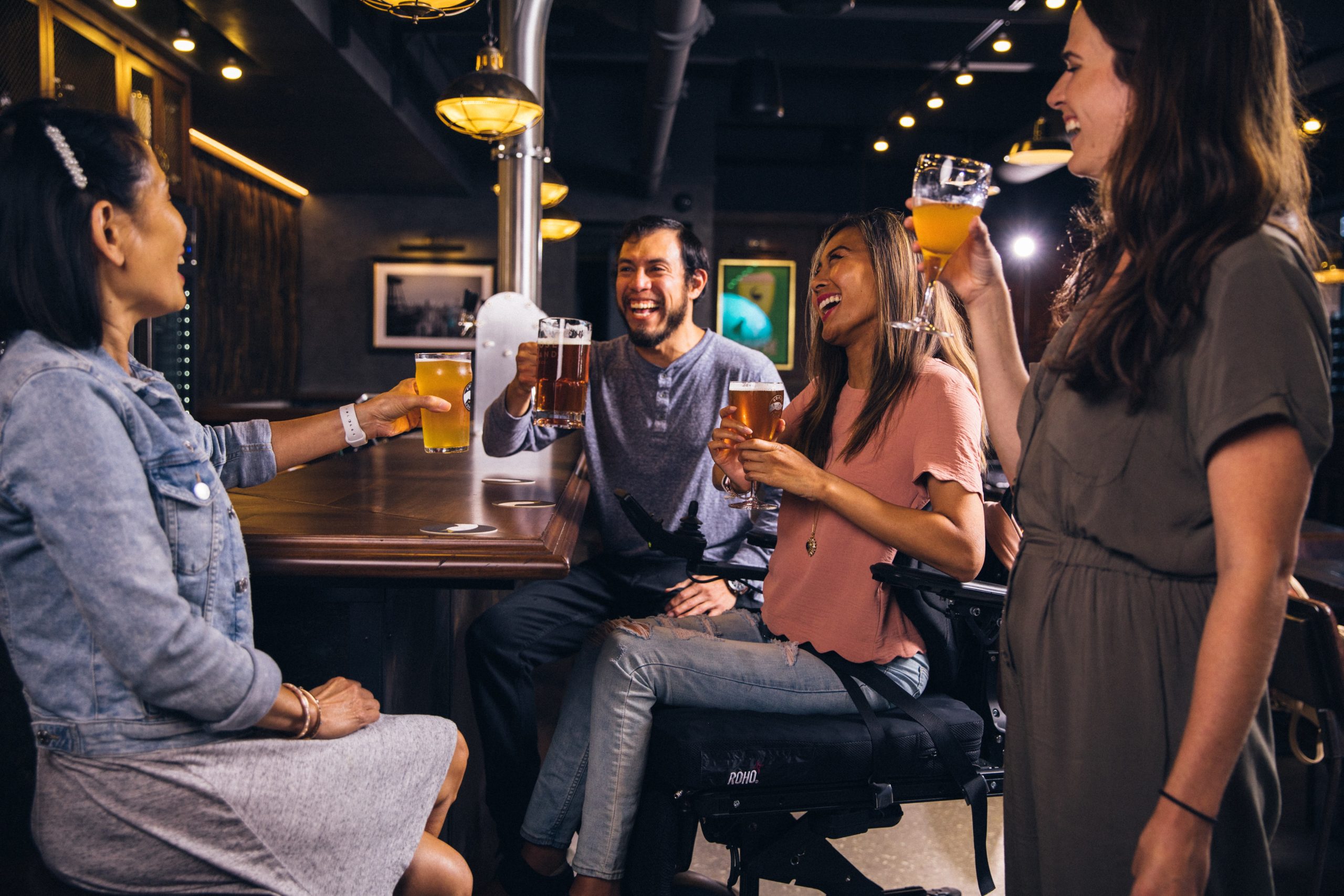
4. Plan to Visit Fewer Places
I used to want to do/ see/ visit as many places and sights as possible in the time I had available. I don’t know if it’s the way I was raised (family vacations when I was younger always involved one activity or excursion after the other – no downtime) or whether I just wanted to make the most of the money I spent and try to experience it all. But one of the biggest mistakes I made when I initially started traveling was squeezing way too many things into my itinerary. I remember one day I had something to do from 5 AM (sunrise safari) to 10 PM (the hotel I was staying at was hosting a theme dinner).
Instead, plan less. I like to make a list of things I want to see or do in a destination in order of importance. So I do the things at the top since I really want to and allow myself to be flexible with the rest; this way I can spend an evening chilling in the swimming pool, having drinks at the bar with other people I meet, or even just take a nap and refresh myself.
This is also applicable if you’re planning on visiting multiple cities in one country. People tend to forget the travel time between those places, the jet lag, etc. Visit fewer places but spend more time in them – visit a local cafe, have a chat with the locals, and really immerse yourself in the place you’re visiting. You won’t be able to see everything, and that’s okay.
Here you can find a list of trip planner sites to help you get started.
Share your itinerary with yourself and your friends and/ or family before your trip. First, I start by password protecting and emailing everything to myself – flight tickets, copies of my passport and other identification I carry (the main page and visa page), any notes from my doctor or prescriptions I may need, and pictures of credit/ debit cards (front and back). I then email the same password-protected document to two friends or family members that I trust; I like to have two backups in case I can’t reach one when I need to.
This is extremely helpful for many reasons: one, in case you get anything stolen, you can always access backup copies safely from your email to take to the embassy or even purchase flight tickets back home. And two, this gives people back home an idea of where you will be in case they lose contact with you.
I also like to print out a copy of documents (everything except my credit/ debit cards) to keep on me at all times. There are never too many copies of an important document when you’re in Cambodia and you’ve lost your passport. It doesn’t hurt to also keep a couple of passport photos with you so you don’t have to waste a day trying to find a photo studio when you decide to suddenly change your travel plans and need to apply for a visa.
An addition to this tip is to print out the email confirmation of my hotel booking prior to travel; this way I can make sure I have the name and address of the hotel to give the cab driver in case my phone/ laptop runs out of battery. Remember, there are tons of places where Google Maps isn’t as efficient as it is in the United States, so you’ll also benefit by keeping the printout with you throughout your stay there just in case you need help finding your way back to the hotel after a day of exploring. There are also maps you can download and keep on your phone for use even when you don’t have any internet.
Here you can find a list of navigation apps that could be helpful on your next adventure.
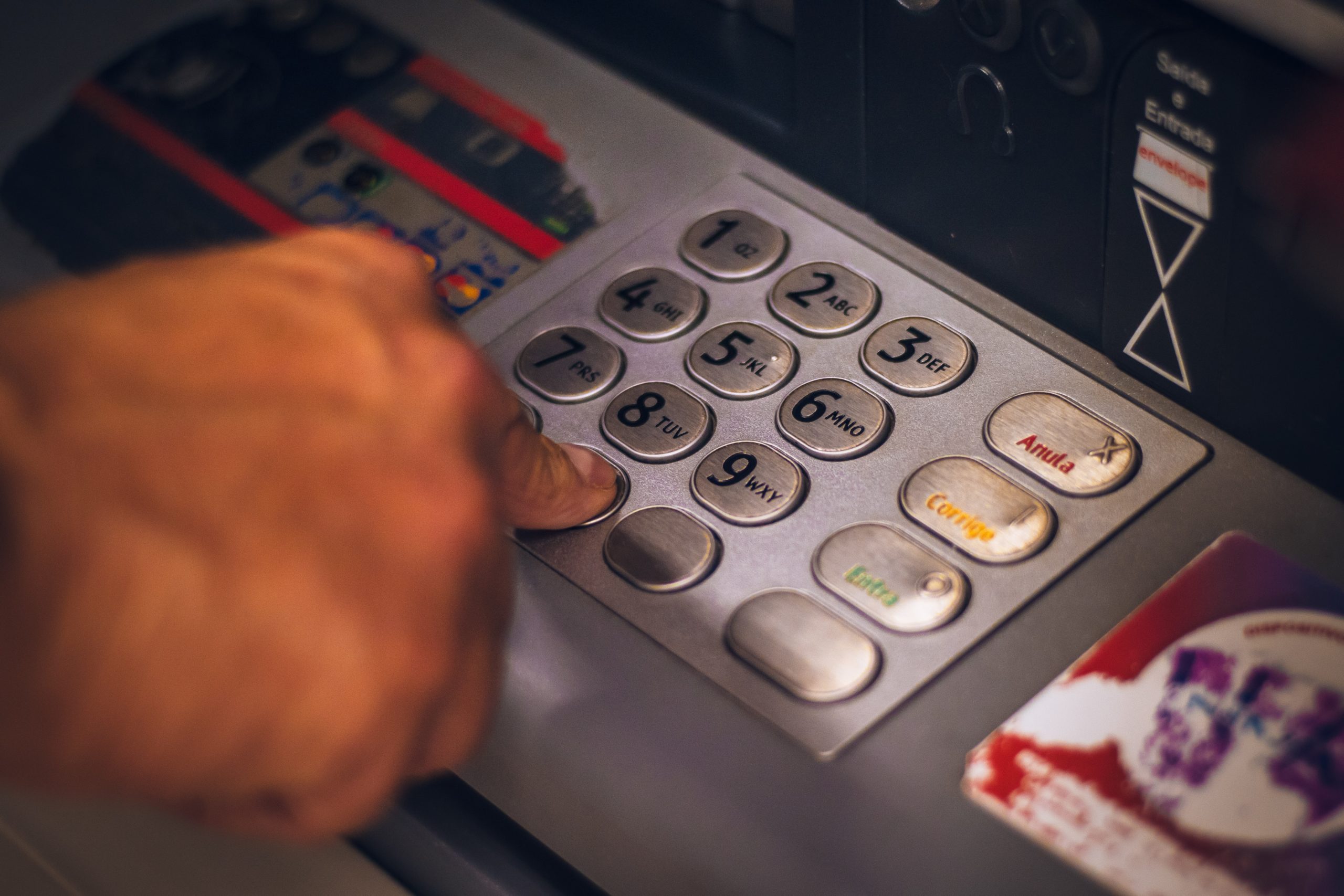
6. Take Several Credit Cards & Some Emergency Cash with You
My general rule is to bring three credit cards with me every time I travel, and I learned this important lesson when I found myself with a blocked credit card in Nepal and just a small amount of cash to carry me over until I could contact my bank. Depending on where you’re going, it’s not always easy to reach your credit card provider and you don’t want to be left stranded because of that. Also, it’s not uncommon for companies to block credit cards being used abroad because they might flag it as fraudulent activity. Also, some ATMs abroad just do not recognize international credit cards. So back to taking three different cards – keep one in your wallet for regular use, one in your day pack in case you lose your wallet, and one in your main luggage back at the accommodation in case you lose your day pack.
Also, make it easier on yourself by contacting your credit card companies before you go and setting up travel alerts. Many allow you to do it yourself on their apps and you’ll just need to put in the dates of travel and the locations you plan on visiting.
I would also suggest taking along emergency cash – not too much because I’m paranoid about having too much cash on my persons, but just enough to tide you over in case you lose your wallet or get robbed (it happens). I hide some of the money in my socks or shoes, I also hide some in this discreet scrunchie with a hidden pocket I found on Amazon. And in general, whatever cash you do take, do not change it in the airport; the currency exchange rates are so low there.
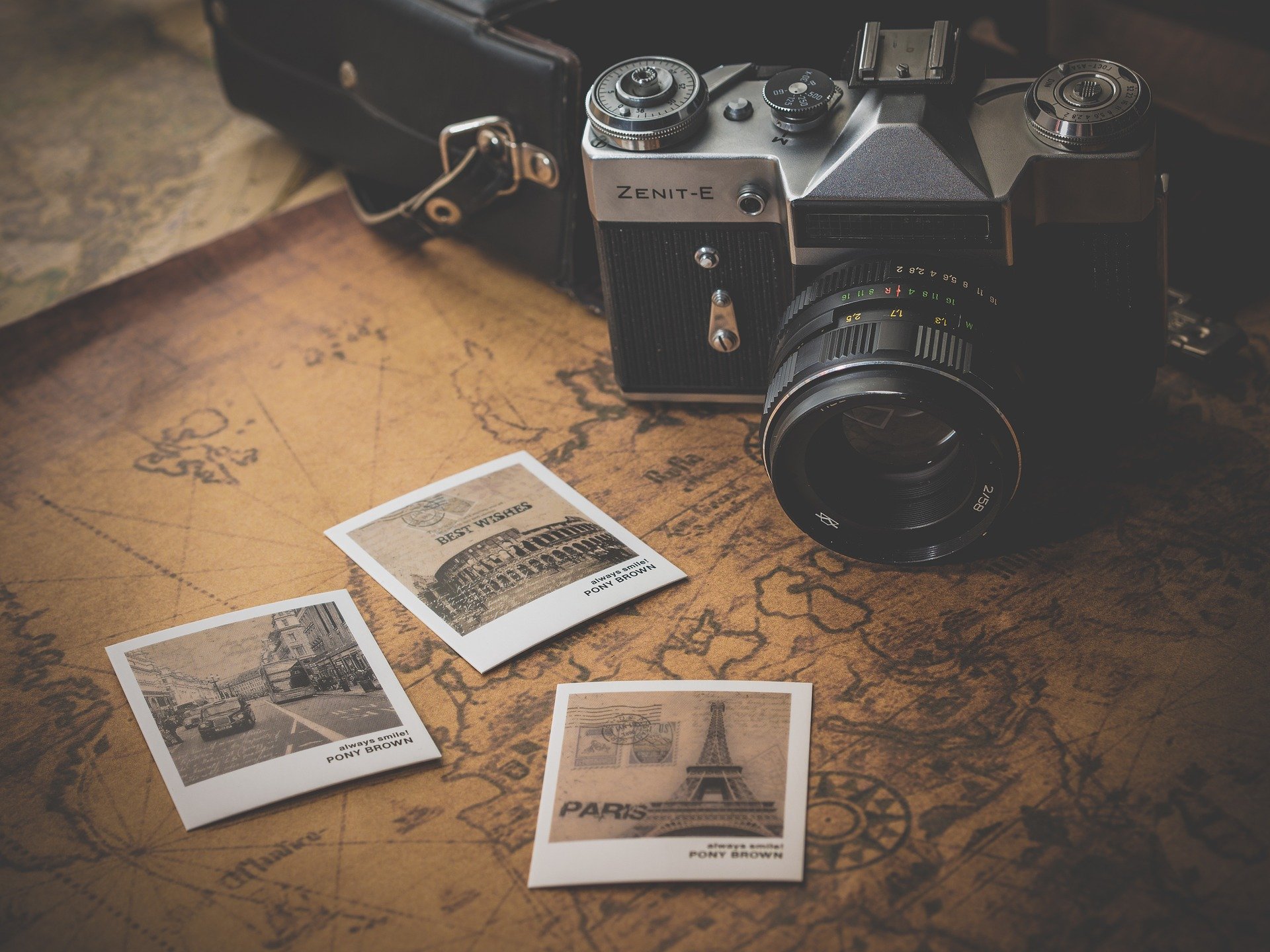
7. If You Don’t Want to Lose It, Don’t Leave It
A good day pack is your best friend when traveling; the things I know I cannot continue traveling without is what I keep in my day pack. For me, this is my passport, credit cards, camera plus accessories, a copy of the documents I mentioned in my last tip, and some spare cash. I have this on me at all times so this way, in case something is stolen from the hostel I’m staying in (it’s happened), I can still manage. Everything else I may have with me (probably clothes and souvenirs I’ve picked up) is replaceable and I won’t stress over it.
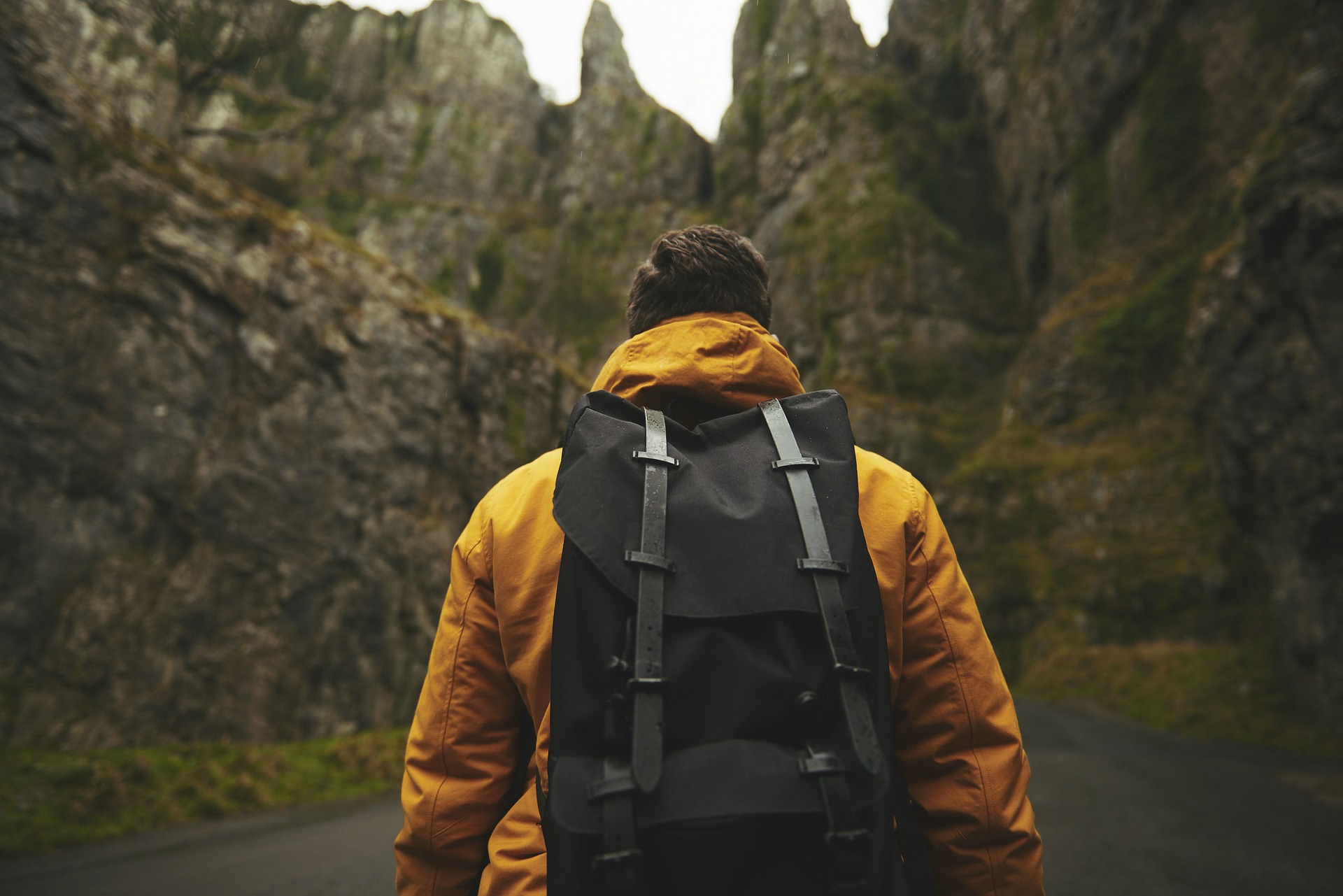
8. Pack Your Bag Early & Practice Walking Around with It
I always pack my bag a week or so before my actual departure date. This way I don’t forget anything and I can also make sure that everything fits into my bag just the way I want it. This is also a good way to make sure it’s not too heavy for you to lug around. Sometimes, I go on all-inclusive vacations where I spend most of my time relaxing in the hotel, and in those instances, I don’t practice walking around with it. But for adventures where you’ll mostly be living out of your backpack and in hostels, etc. pack your bag and walk around with it. Make sure it’s easy for you to travel with, get on trains with, hike with, or anything else you may have to do.
This tip also applies in the middle of your trip; pack your bag the night before if you’re planning on checking out early in the morning. You won’t believe the number of times I’ve stayed at a hostel and some inconsiderate is person running around trying to gather and pack everything while waking everyone else up in the process.
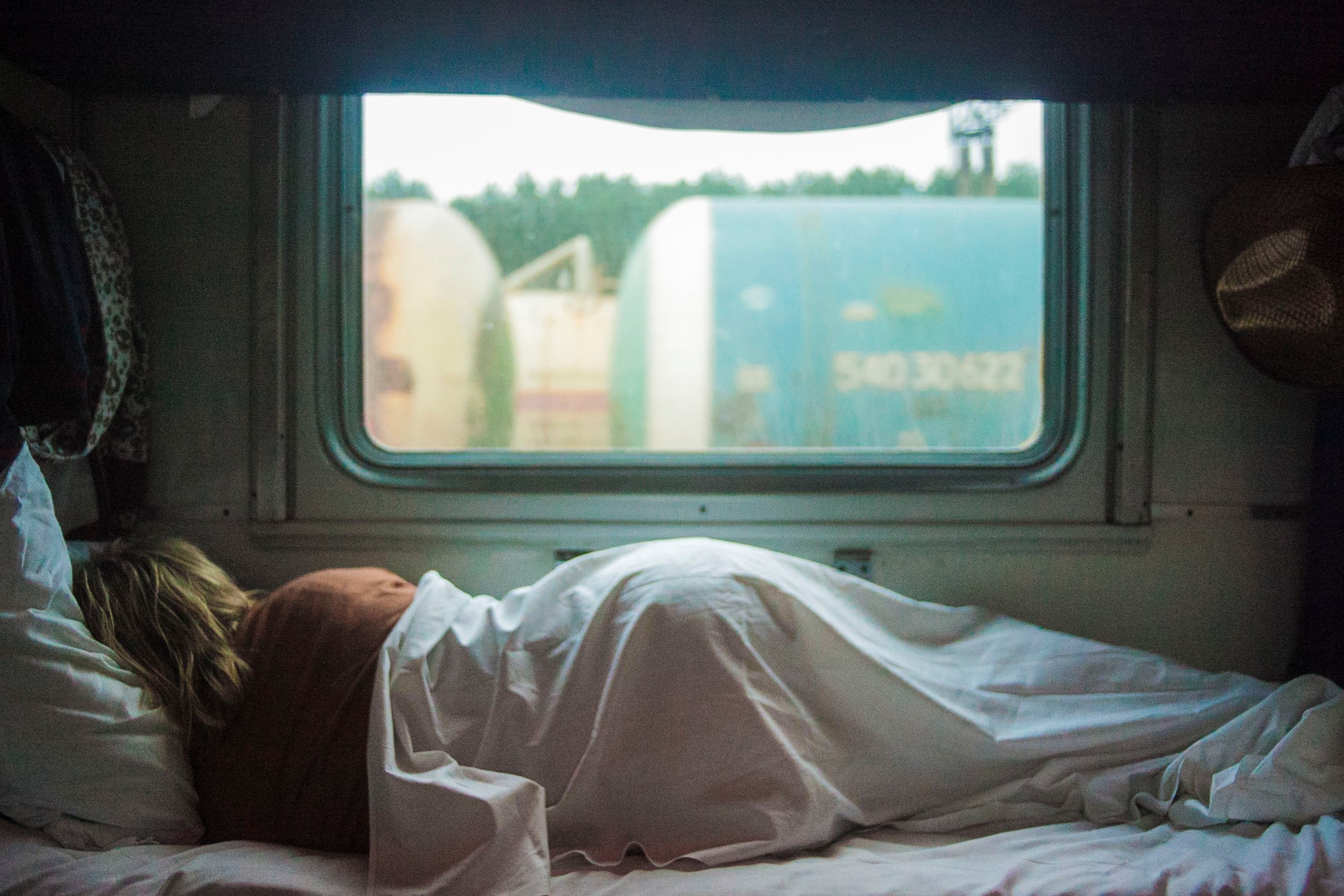
9. Don’t Forget the Things You Have to Buy for any Trip
Over the years, I’ve compiled a couple of things that I will not leave my home without. Whether I’m going to be away for a couple of days or a couple of months, these items come with me no matter what.
The first thing is sunscreen. No matter what season or the destination, SPF is very important. You don’t want one of your most amazing memories of lounging on the beach or spending a summer in Thailand to result in leathery wrinkles, or worse, skin cancer. One of the biggest misconceptions is that people with melanin do not need as much sunscreen – this is incorrect! Health experts advise that everyone should use sunscreen regardless of skin color.
The second thing I always take with me is solid toiletries. I learned my lesson the hard way when I opened up my backpack to grab my book while on a crowded bus in Jaffna only to get a handful of leaked shampoo – that seeped through my “leak-proof” pouch by the way. A quick Google search will result in several great solid equivalents for shampoo, conditioner, shower gel, and even insect repellent and sunscreen.
Third, a sleep mask and earplugs. This is mostly if you’re sharing a room with a snorer or planning on staying in a hostel; it even comes in handy if you have a long flight or will spend a lot of time on the train. This is pretty self-explanatory and believe me, this will save you from some really loud sleepless nights.
A travel towel is fourth on my list. Travel towels are extremely convenient because they are super lightweight, they dry extremely quickly, and they fold up so small that they take almost no space in your bag.
Fifth is toilet paper/ portable bidet, which you’d never expect to need but always do in the worst situations. I always carry these items because many of the countries I’ve visited don’t have Western toilets and still provide squatty potties in many places. If they don’t have a working toilet, they probably don’t have toilet paper, so be prepared for anything.
And the last item on my list is a pair of flip-flops because I spend a lot of time in hostels and hostel shower floors are worse than a used petri dish. I’ve also found flip flops useful for when I’m on the beach, poolside, etc.

10. Visit your Doctor/ Dentist Before You Travel & Don’t Forget Travel Insurance
Listen, you can’t control everything that happens to you during your travels. I’ve twisted my ankle while bathing an elephant in a river in India. I had really bad food poisoning from a taco stand in Mexico. Things happen, but that doesn’t mean you shouldn’t prepare as best you can. Visit your doctor/ dentist prior to your travels and get the okay from them before you decide to spend two months in Zimbabwe. You may even need vaccinations before visiting certain countries.
The second thing is to always get travel insurance. Travel insurance can save your butt if you find yourself injured in a remote village – they also protect against things like lost luggage, missed flights, and more.
Here you can find a travel insurance provider for your next adventure.
11. Take Lots of Pictures & Store Them in Multiple Places
I’m a self-acclaimed amateur photographer and I’ve always enjoyed being behind the camera rather than in the frame. After my first major trip, I came back to friends and family who wanted to see pictures of my adventures and I realized that I didn’t really have any. I’m all about enjoying the moment so I never really bother with my camera, and when I do want to capture something, I’m never actually in the picture. And after that first trip, I kind of regretted it. If you’re traveling alone, don’t be shy to ask a stranger whether they can take a picture of you – you’ll be glad you did later on. And if you’re taking a picture of other people you see or meet, make sure to always ask their permission – it’s the respectful thing to do.
I’ve realized that you can find some really photogenic spots using Instagram. Just search through hashtags like #Dubai or wherever you are and you’ll find tons of photos that other people have taken and uploaded. You can get an idea of where they were taken and head there yourself, camera and all.
The second part of this tip came a few years after I started taking lots of pictures of my travels (and myself) and lost them all mid-trip when my camera’s memory card went berserk, became corrupted, and basically destroyed everything on it. I was so devastated that from then on, I made a backup copy on my laptop every chance I got AND then uploaded those onto a cloud server I signed up with.
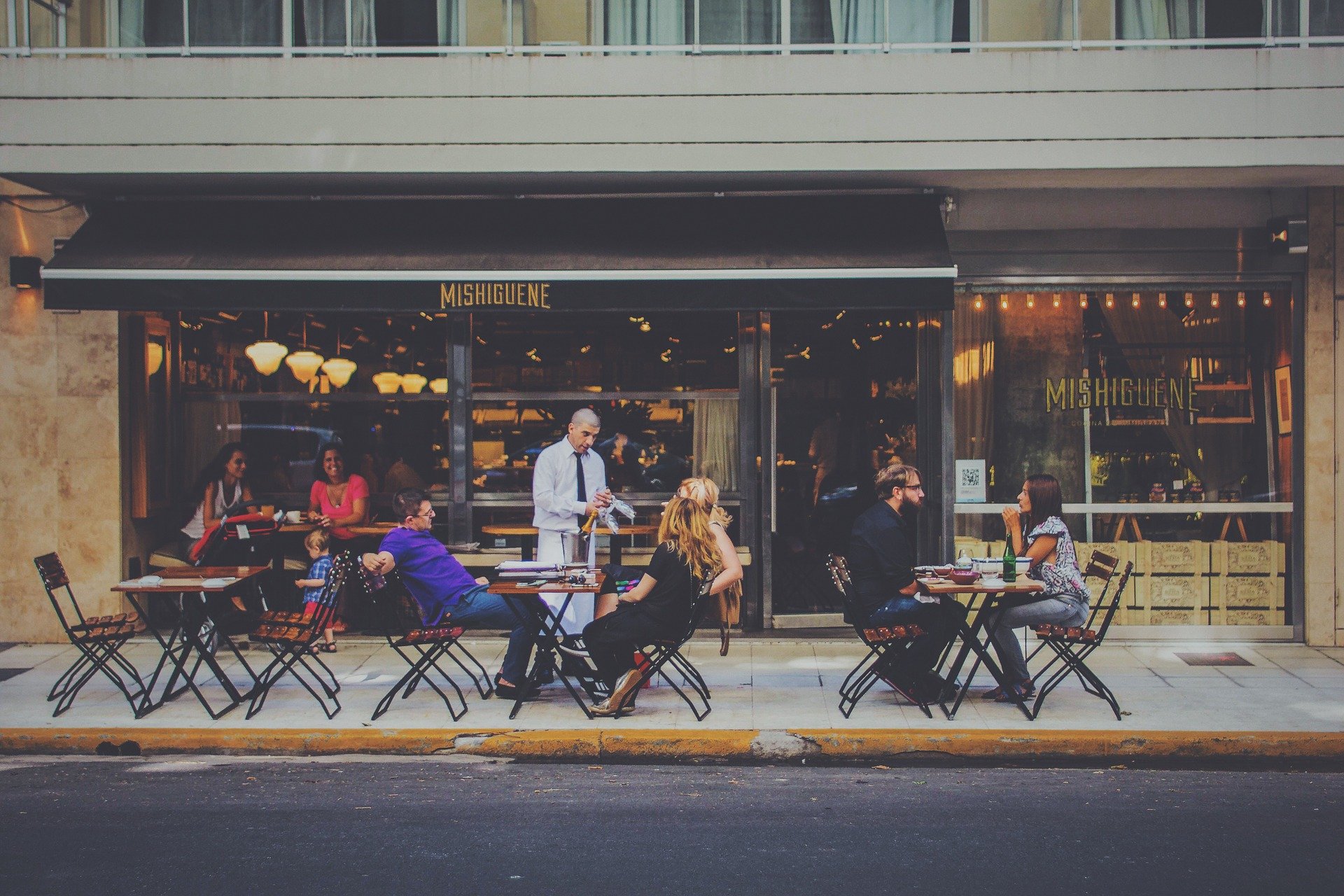
12. Try the Local Food
Try the local food! I cannot emphasize this enough. Cooking and eating are some of my favorite things to do so I enjoy nothing more than trying delicious culinary concoctions while traveling that I may not usually come across back home. I used to be worried about upset stomachs but always carrying a dose of Imodium or the like is usually more than enough to subside it. I’ve never really had any major problems but have always had amazing memories when it came to trying new food from a different culture.
An additional tip I’ve also learned when finding something to eat while traveling is that local restaurants, often with smaller menus, usually have the best food. That little hole-in-the-wall restaurant is often run by a skilled cook who has a lifetime of experience and their dishes are so full of flavor you’ll be glad you avoided more mainstream restaurants. That being said, I also suggest visiting a McDonalds in every country you visit (if they have one) because the menu is different in each country – it’s not the healthiest but I still try them. My favorites so far are the chicken and egg burger I had in Hong Kong and the spicy paneer wrap in India.
If you have some time, find a local who is willing to host a small cooking class and learn how to cook some of the dishes you love for yourself! It’s really an amazing experience and you’ll be able to use those skills forever.
Use these apps and websites to find the perfect restaurant for you.
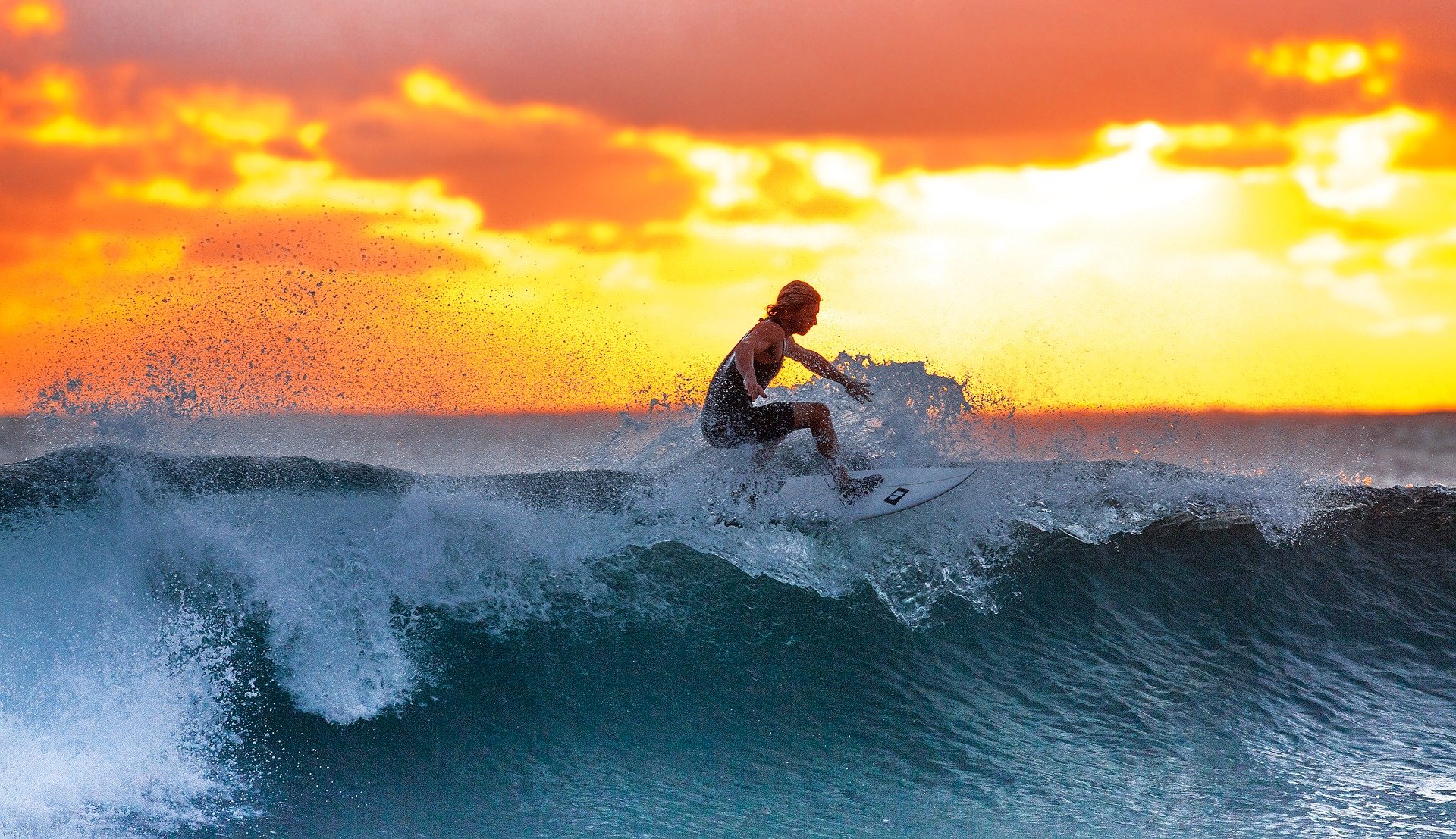
13. Speaking of Taking Classes…
Take a class! Whether it’s learning to cook the dish you enjoyed the most in India, trying to stilt fish in Sri Lanka, or surfing in Thailand, allocate the time to take the class and learn a new skill while gaining an incomparable experience. It will push you out of your comfort zone and you’re going to be all the better for it.
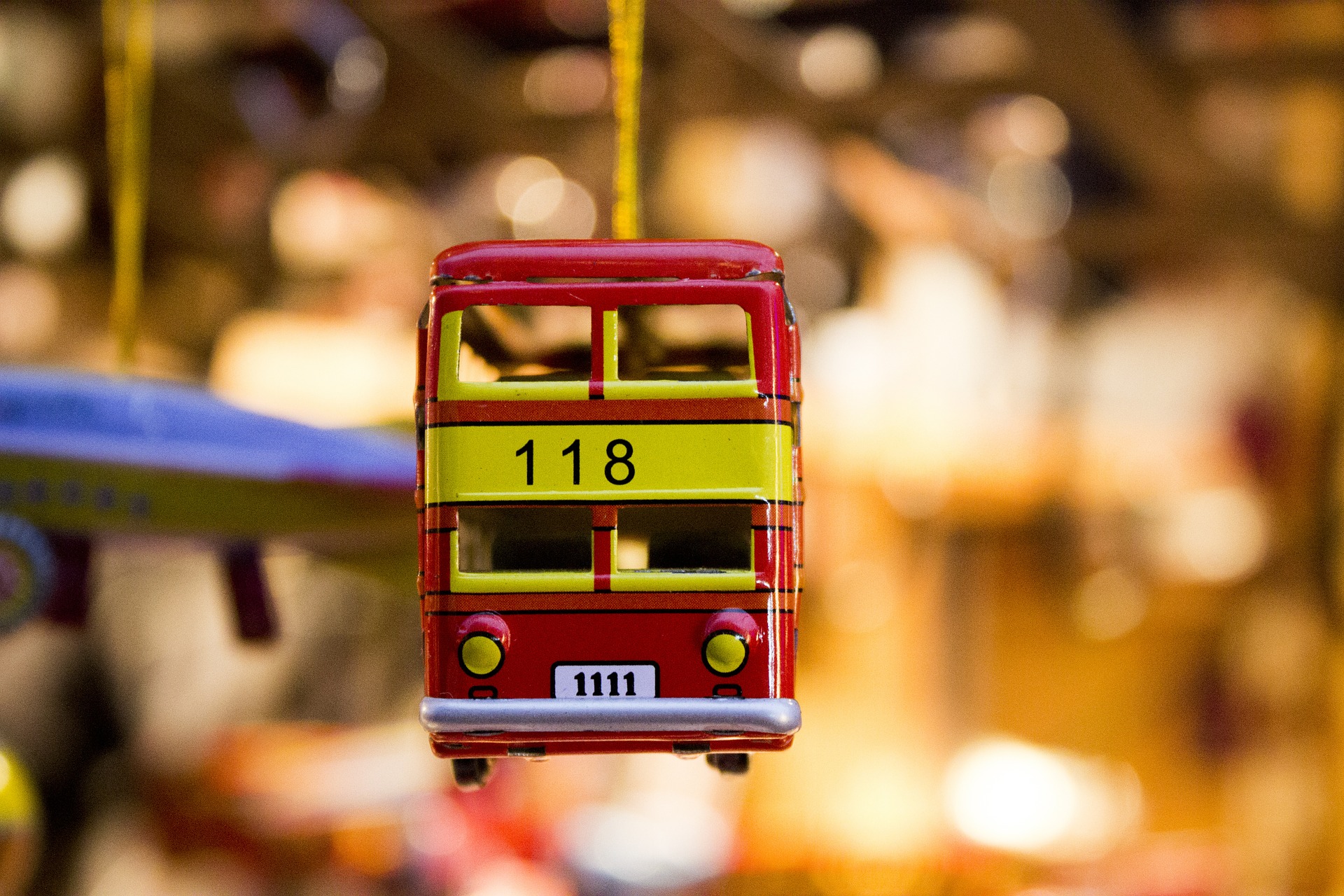
14. Visit the Touristy Attractions & Buy the Souvenirs
I’ll be the first to admit that I used to be a travel snob. I thought that every place I went to was part of this life-changing journey I was on, and though that part may be true, it initially led me to believe that I had to always be off the beaten path – that my travel adventures should only include remote villages and deep conversations.
And though these are some of my favorite memories from my travels, I also have some amazing ones in front of the Eiffel Tower, trekking on the Great Wall of China, and much more. Go to the popular sights and attractions – there’s a reason they are popular.
When I was a travel snob, I also had a problem buying souvenirs because I kept telling myself it was all about the experience and not the material items. Let me help you skip this step – BUY THE SOUVENIR! The cute little rickshaw keychain in Bangladesh? Buy it. The personalized seashell from Phuket? Buy it. I even bought this amazing artwork that moved me when I was in Tanzania. Buy it all because these possessions will be beautiful reminders of your adventures when you’re back home. Extra tip: buy things and ship them back home to a friend or family member for safekeeping until you return. That way your backpack/ luggage never becomes any heavier.
15. Find Different Ways to Communicate Wherever You Go
My first suggestion is to learn a few words in the language of the country you’re visiting. Just knowing phrases like “hello”, “please”, “thank you”, and “sorry” could go a really long way with the locals. Always keep in mind that your native language is not theirs and that it is not the job of locals to learn English to communicate with visitors. Whatever you do, don’t speak louder – that doesn’t accomplish anything.
If you need to communicate something you have not learned to say, try miming; just think of it as a fun game of charades and act out as much of it as possible. It’s worked out great for me in situations when I needed an iron from the hotel I was staying in. There are also lots of apps you can download that will immediately translate what you’re saying; Google Translate, for example, has over 100 languages that it will translate English to – complete with audio. Their app even has a camera function where you can take pictures of signs or menus and it will translate it for you in real-time.
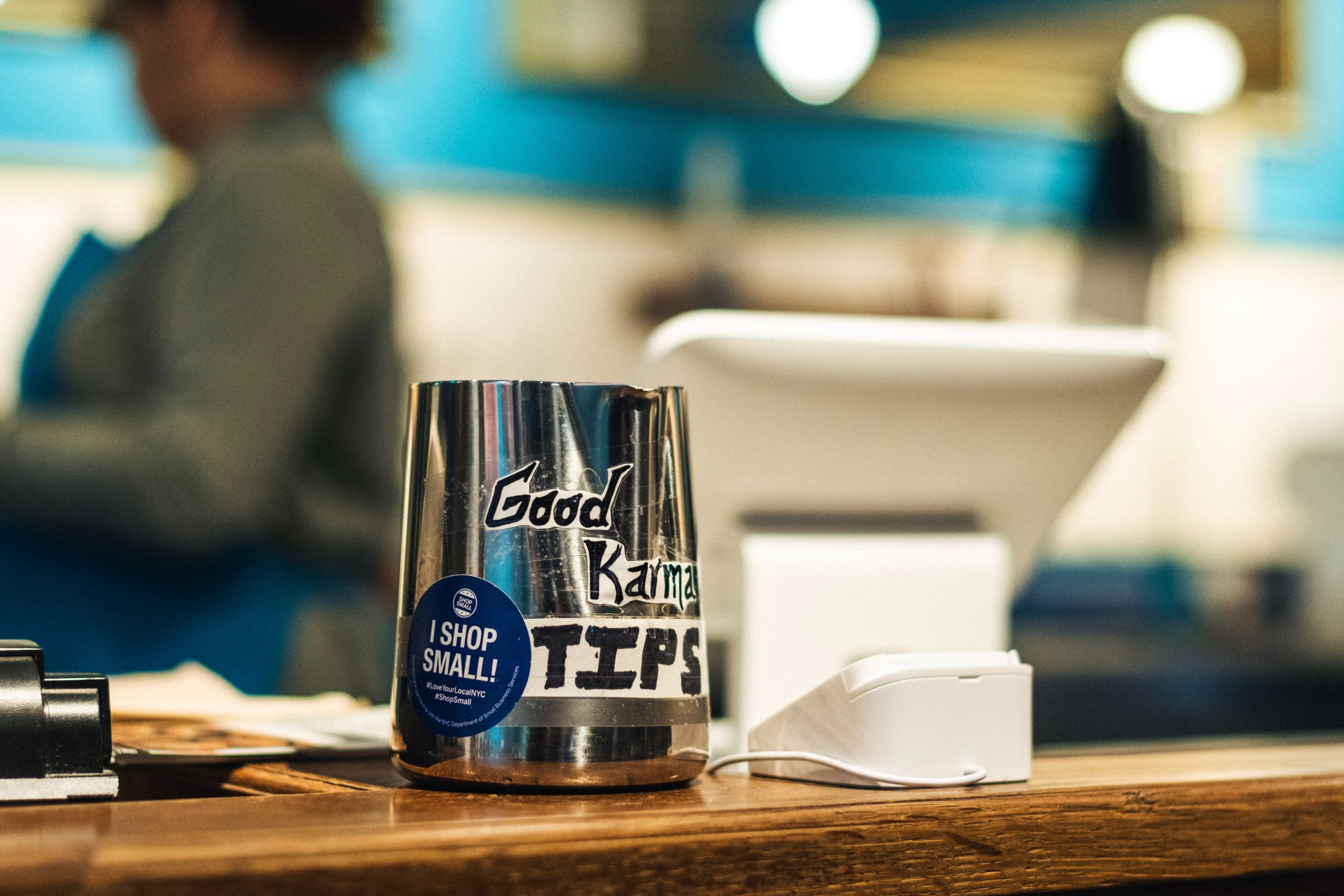
16. Educate Yourself on Local Customs Before You Fly
One of the worst things you can do is to offend your host or someone you’ve met during your travels. And believe me, there are some offensive customs that you wouldn’t think are offensive at all – like, for example, tipping. Tipping at a restaurant is one of the most common things in the United States; in fact, you are expected to leave a tip and it is considered rude when you don’t leave one. But if you’re in Japan, tipping will offend the waitstaff so don’t be surprised if they return the money to you. There are different customs all over the world so learn about them before your travels to avoid any confrontations later on.
Start off by reading this article on cultural mistakes that 93% of Americans make abroad.
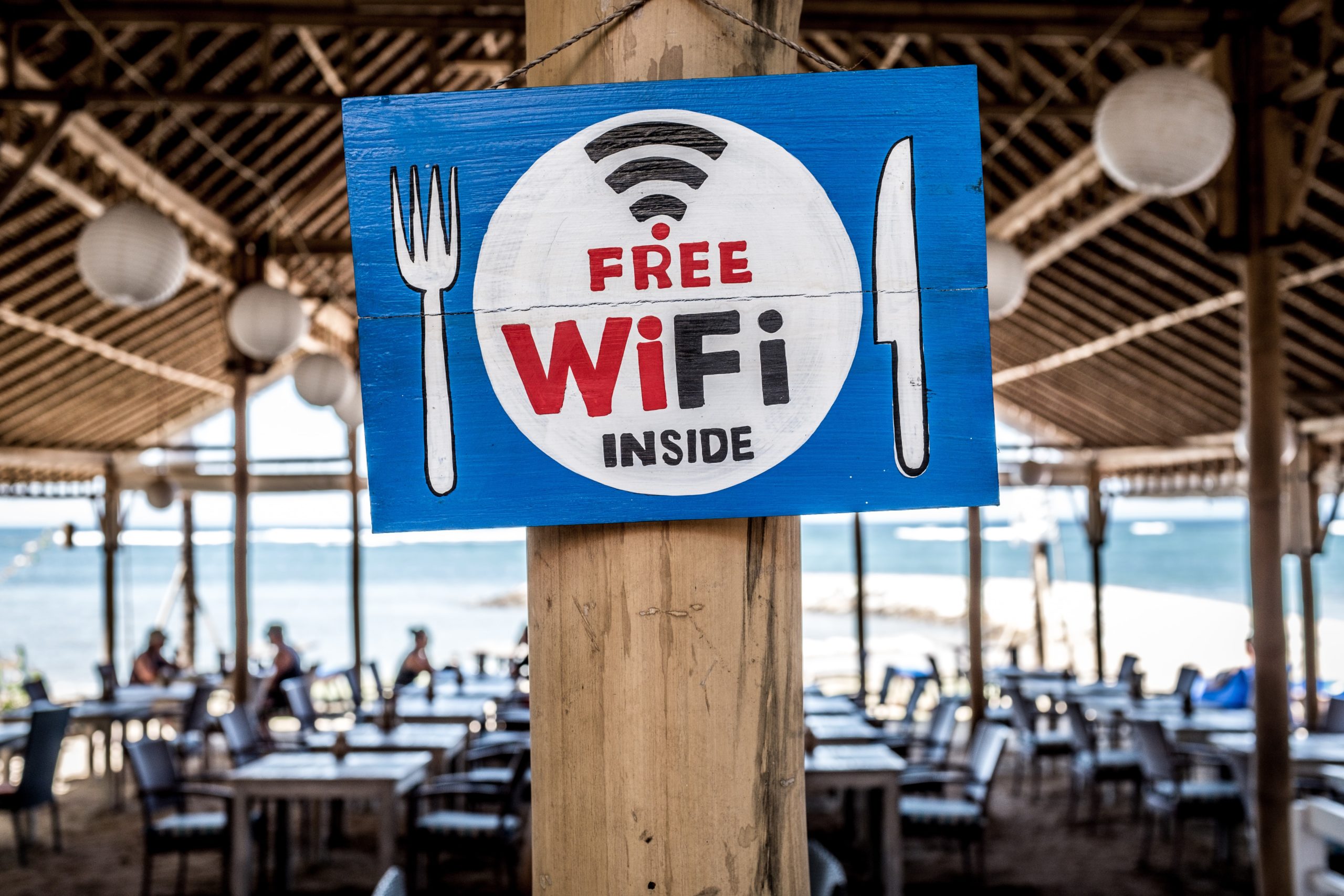
17. Unlock Your Phone & Find Free Internet
If you have a cell phone plan with any major carrier in the United States, chances are that your phone is locked; this is especially true if your device is on a monthly payment plan. You can always call customer service and ask for your phone to be unlocked due to travel. This is really helpful because you can then buy a local sim wherever you go. This will save you a lot of money on data to use for navigation, translation, social media, etc. It’s also a great way to keep in touch with friends and family back home using FaceTime, Skype, etc. so that you can touch base and catch up with them. Personally, I love it because I can Snapchat my adventures to share with my friends in real-time.
All that being said, embrace the moments you have no internet access. Disconnect from the world and just take in your surroundings. Go for a walk or lounge on the beach. Have a conversation with someone you just met. Make memories that your phone cannot possibly create for you – but if you’re keen on having internet, most Starbucks or McDonald’s around the world offer free Wi-Fi and you may just need to ask them for the password.
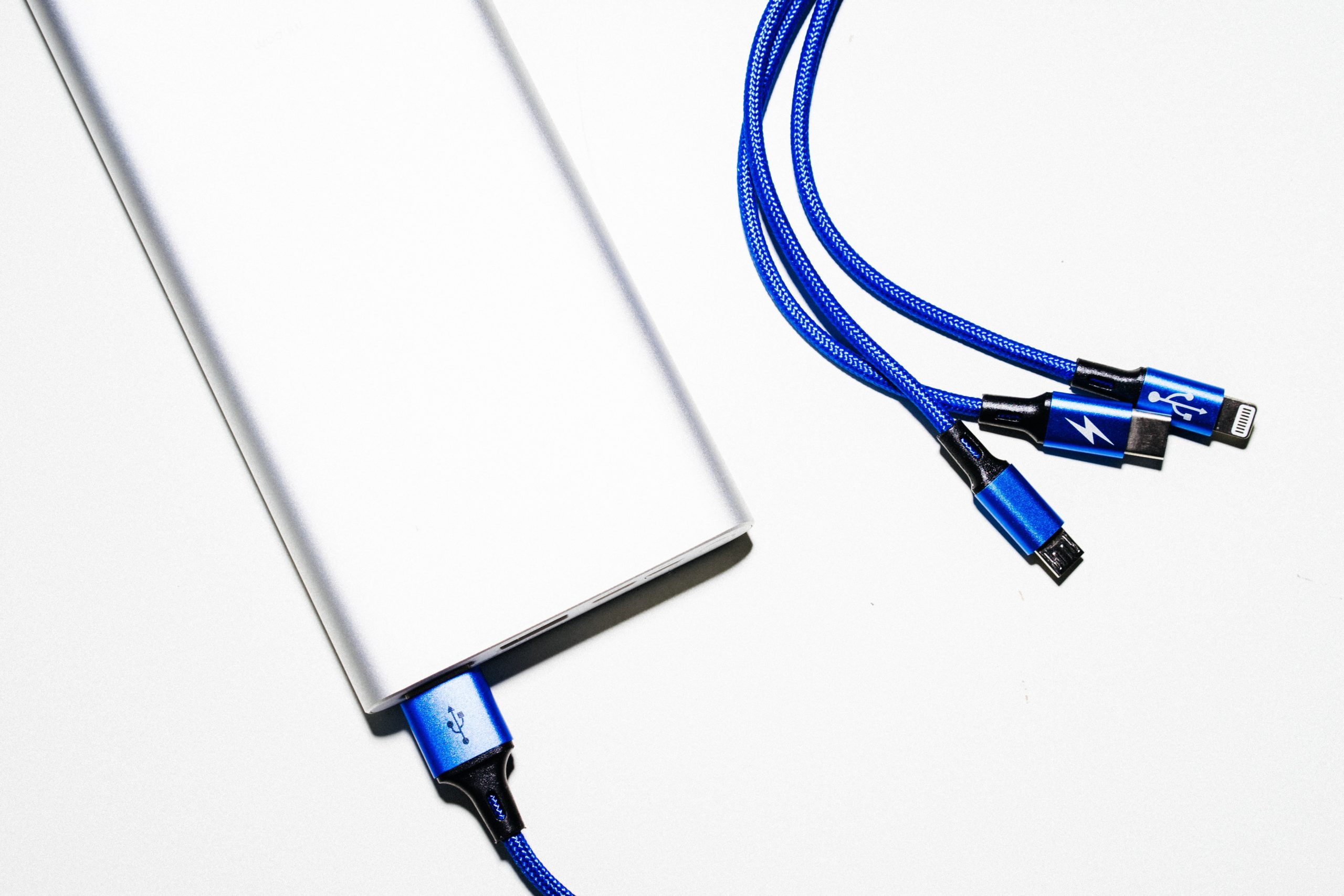
18. You Need a Power Strip, a Portable Battery, & a Shell Case for Anything Important
While staying at a hostel you may find yourself needing to charge your laptop, camera, cell phone, etc. right along with everyone else who is staying there. Instead of taking turns and barely charging your items on the few wall sockets that are available there, take a power strip so you can charge what you need to while sharing the power with others as well.
My pro tip is to charge your devices whenever you get the chance, whether the battery is low or not at the time. I plug my phone into any spare power socket I see at the airport, in fast-food restaurants, etc. because I used to be the person to pass it up and say “Oh I have 53% battery life left. I’ll be fine.” – until one day I wasn’t because my battery died a few hours later and I couldn’t book a cab to get back to my accommodation safely. I ended up getting offered a ride by some really nice locals but I got a bit anxious knowing I couldn’t reach anyone and nobody knew where I was or who I was with at the moment.
This leads me to the third part of this tip, which is to always take along a portable battery for your phone. There’s no excuse not to have one now that they come in different sizes and price ranges – I’ve seen some no bigger than a tube of lipstick.
And last, but not least, protect your tech with a shell case. Flights hit turbulence, rides can get bumpy, and the overall wear and tear on your expensive equipment while traveling is much higher than it would be while at home. A sturdy shell case for your laptop or a waterproof case for your smartphone can really save you a lot of money and frustration.
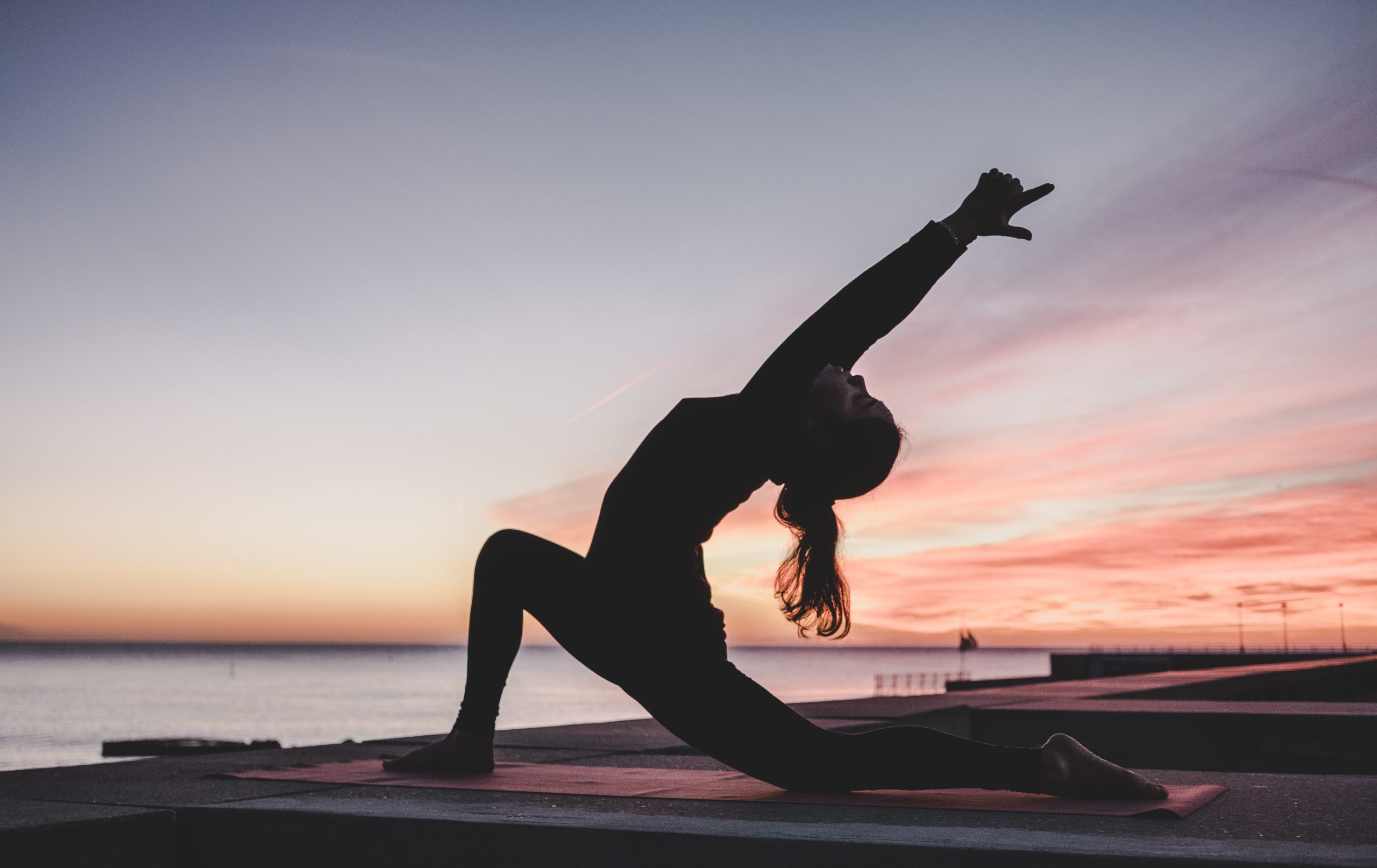
19. Keep up with Comfort and Routine
The last travel tip that I offer is probably the most important one on the list. Traveling to a new place for months, or even going on a vacation for a week, will throw your normal schedule out the window – and that’s exactly what a good getaway should do! But there are some things you’ll want to stick to so that you are at your most comfortable and can therefore make the most of your adventure. Some of mine include:
Sticking to my check-out routine: I have a checklist of things to make sure I have on me before I check out of my accommodation. Truth be told, I even use this when leaving a friend’s place if I’ve spent the night. My checklist items include my cell phone, my cell phone charger, passport, wallet and credit cards, laptop, and my camera. These are things I consider the most important to continue my travels and I will not leave without them. You can amend the list to fit your needs; for example, if you’re on regular medication or carry an inhaler, you’ll want to include that.
My clothes: When initially researching what to pack while backpacking, a lot of bloggers suggested getting linen clothing because it’s lightweight and easy to wash and dry. I did this the first time I traveled and hated it; I was so uncomfortable because it wasn’t my norm. I live in jeans and I take them with me anywhere I go. Always pack clothes that you’re the most comfortable in.
And last, maintaining mental health: sometimes you need a getaway from your getaway. Yoga, journaling, meditation, listening to a podcast – whatever you do back at home to calm yourself and have some you-time, do it while you’re traveling too. It’ll keep you grounded and you’ll have a much better time.
And as always, have fun! If you have other travel tips that can help me or my readers, leave them in the comments below!
Short infographic about top 10 Best Travel Tips For 2022:

10 Best Travel Tips for 2022

